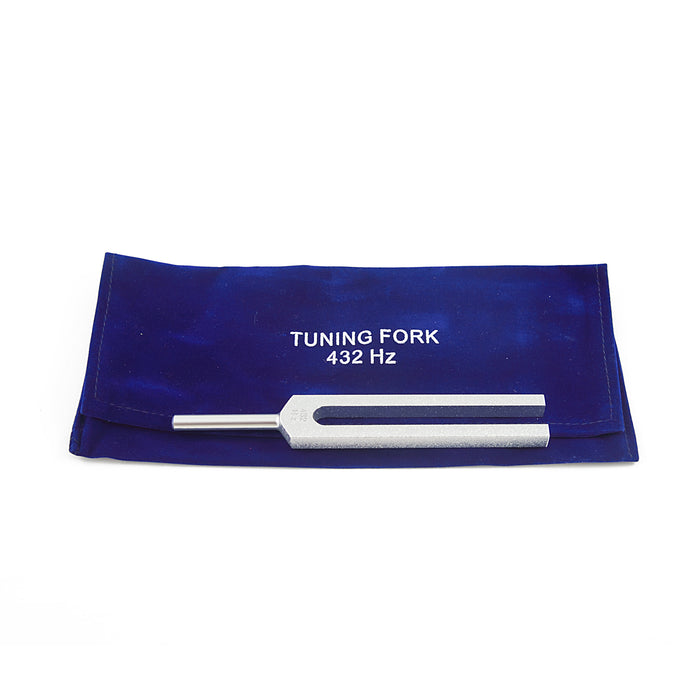
The metachronal wave directs the flow of mucus in the nasal cavities toward the nasopharynx, oropharnyx and hypopharynx, where the secretion is swallowed. This rhythm follows a coordinated sequence, producing a metachronal wave, the control mechanism of which remains unknown. Under normal conditions, the cilia of the septal mucosa and inferior turbinates beat at a frequency of 12 to 15 Hz (beat/second). The number of cilia per cell ranges from 50 and 100 and is influenced by age and position in the respiratory tract. The cilia are responsible for mucociliary clearance. The main function of the mucociliary system is the removal of particles or substances that are potentially harmful to the respiratory tract through transport by the cilia or the action of coughing or sneezing in situations involving the overproduction of mucus, such as allergic rhinitis, sinusitis, chronic bronchitis, cystic fibrosis and asthma. The upper airways are the first interface among the internal environment and microorganisms, allergens and inhaled particles, which are deposited in the respiratory apparatus during breathing. Mucous membranes in the upper airways, nasal cavity and bronchioles are formed by pseudo-stratified, cylindrical, ciliate epithelium intercalated with submucosal glands and goblet cells, which produce mucus. The tuning fork models developed in this study generated different frequencies proposed by the scientific literature as effective in the mobilization of pulmonary secretions. Each equipment reaches a fixed frequency preset of 12, 15 and 20 Hz measured by digital oscilloscope. This study shows the result of the development of others three tuning forks of different dimensions to generate different frequencies. The tuning fork is activated by squeezing the tips of the extensions together and releasing them in a sudden movement. The device is characterized by a bottom end containing a transducer with a diameter of 62 mm and a thickness of 5/16 mm (8''), a rod removable 148 mm, fork length of 362 mm and an extension at the upper end of sinuous shape bilaterally.The tuning forks must be applied at an angle of 90° directly on the chest wall of the patient after pulmonary auscultation for location of secretions. This device generated a frequency of 25 Hz and had a weight of 521 g, with dimensions of 600 mm in total length.

The first tuning fork was made with a fixed frequency of 25 Hz and it was recorded in the Brazilian institution of patent registration. The aim of the present study is to develop tuning forks with different frequencies, for use in bronchopulmonary hygiene therapy.

It is expected that a tuning fork is able to generate vibrations in the thorax, facilitating bronchial hygiene. The optimal vibration frequency to mobilize secretions is widely debated and varies between 3 and 25 Hz. The tuning fork therapeutic for the purpose of bronchial hygiene has still not been described in the literature. The main function of the mucociliary system is the removal of particles or substances that are potentially harmful to the respiratory tract.


 0 kommentar(er)
0 kommentar(er)
